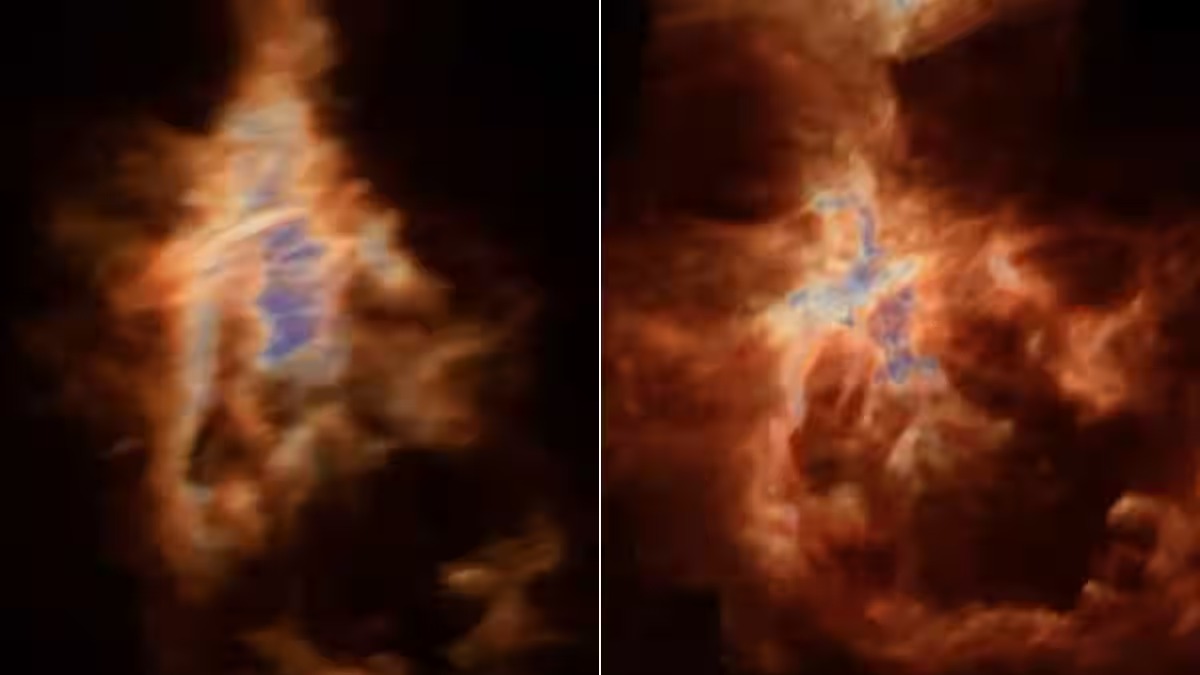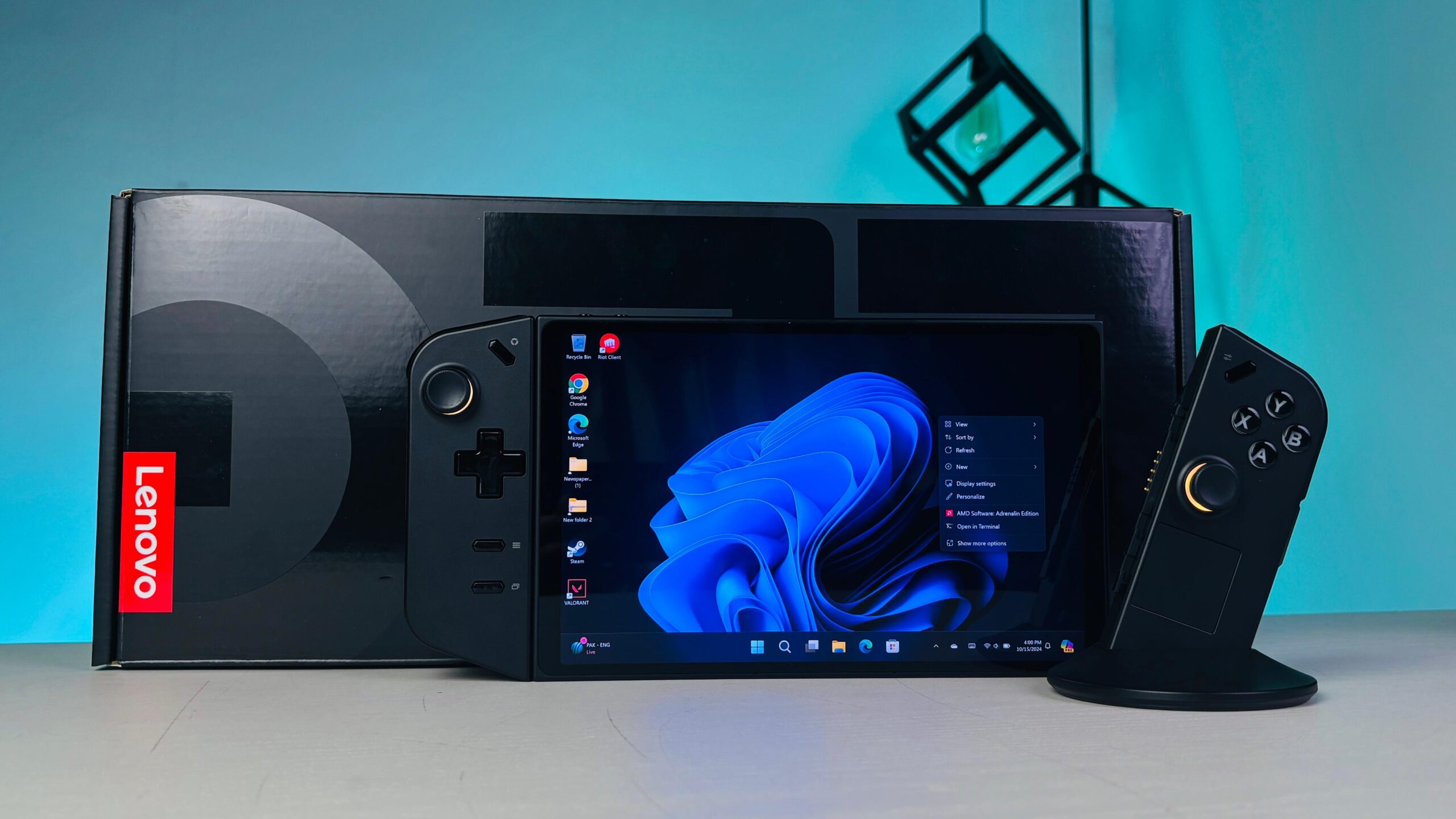In an unprecedented move to celebrate the Lunar New Year, NASA has introduced a captivating 3-D exploration of the Orion Nebula. This initiative offers an immersive experience into one of the most fascinating cosmic phenomena, allowing viewers to delve into the heart of a star-forming region with unparalleled detail. The exploration, accessible through NASA’s website, combines data from both the Hubble and Spitzer space telescopes, offering a unique perspective of the nebula’s complex gas clouds, newborn stars, and planetary formations.
Key Highlights:
- NASA’s 3-D exploration of the Orion Nebula marks a significant achievement for space exploration and public engagement.
- The project utilizes data from the Hubble and Spitzer space telescopes, providing a detailed view of the nebula’s intricate structures.
- The initiative is part of NASA’s efforts to celebrate cultural events, aligning this release with the Lunar New Year festivities.
- Viewers can access the 3-D tour online, offering an immersive experience into the depths of space from their own homes.

NASA’s recent unveiling of a 3-D exploration into the Orion Nebula offers an exciting opportunity for astronomy enthusiasts and the general public alike to explore one of the most captivating celestial bodies in our galaxy. The project, aligning with the Lunar New Year celebrations, represents a blend of cutting-edge technology and cultural homage, providing a bridge between science and society.
The exploration into the Orion Nebula is a result of the combined efforts of the data collected by the Hubble Space Telescope and the Spitzer Space Telescope. This collaboration has enabled scientists to create a detailed three-dimensional map of the Orion Nebula, revealing features that were previously obscured or too complex to understand in two dimensions. The intricate gas clouds, the formation of new stars, and the early stages of planetary development are now visible in an unprecedented manner.
NASA’s choice to release this exploration during the Lunar New Year is a testament to the organization’s commitment to making space exploration accessible and relevant to diverse audiences. By linking this scientific achievement with a widely celebrated cultural event, NASA aims to inspire a broader interest in astronomy and science among people of all backgrounds.
The 3-D tour of the Orion Nebula is not just a scientific endeavor; it is an educational tool that provides a window into the processes that govern our universe. It allows users to navigate through the nebula, offering insights into the lifecycle of stars and the formation of planetary systems. This immersive experience is designed to be accessible from the comfort of one’s home, making the wonders of the universe more reachable than ever before.
NASA’s initiative has been met with enthusiasm from the scientific community and the public. Experts in the field have lauded the project for its technical achievements and its potential to foster a deeper understanding of our cosmic neighborhood. The exploration serves as a reminder of the ongoing advancements in space technology and the endless possibilities that space exploration holds.
The technical prowess behind the 3-D visualization of the Orion Nebula cannot be understated. The integration of data from both the Hubble and Spitzer space telescopes has required sophisticated algorithms and computational techniques to stitch together a coherent, three-dimensional view of the nebula. This technological achievement underscores the advancements in data processing and visualization techniques that are crucial for modern astronomy.
In conclusion, NASA’s 3-D exploration of the Orion Nebula represents a significant milestone in the field of astronomy and public engagement. By leveraging advanced technology and celebrating cultural events, NASA continues to pave the way for future explorations and discoveries. This initiative not only showcases the beauty and complexity of the universe but also highlights the importance of making scientific knowledge accessible and engaging for all.





















Add Comment